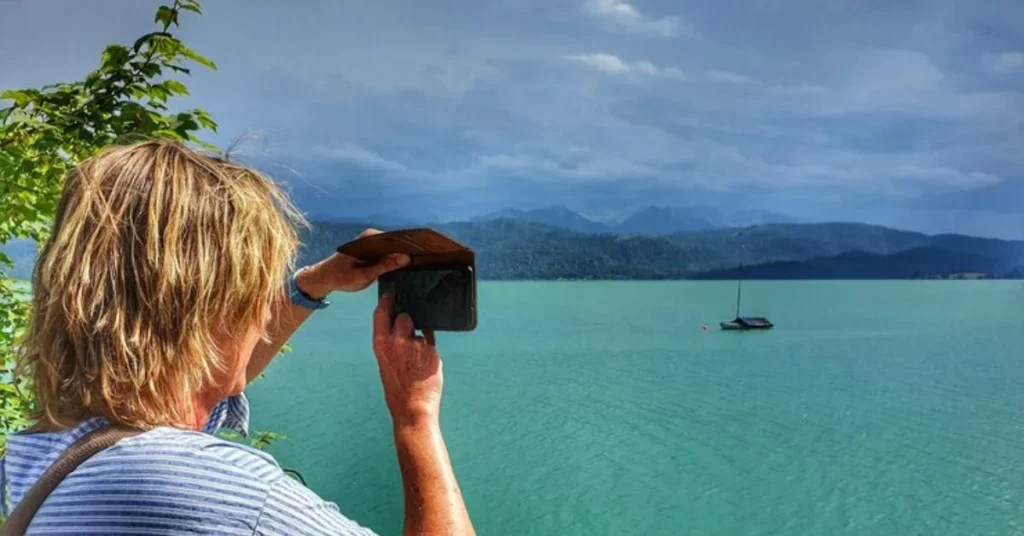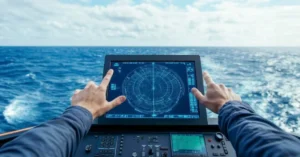In a world increasingly mapped and monetized, discovering a destination that still feels remote and rare is something of a miracle. Yukevalo Island is just that kind of place—a rugged sliver of land quietly perched in a corner of the world that doesn’t make many travel guides. It doesn’t cater to mass tourism, nor does it wish to. Instead, it invites those willing to listen, walk slowly, and notice.
This article isn’t just about how to visit Yukevalo Island. It’s about how to arrive prepared—culturally, ethically, and logistically—to experience it fully.
Where is Yukevalo Island?
Located just beyond the better-known archipelagos of the North Atlantic, Yukevalo Island sits within a constellation of lesser-visited isles. Accessible only by a bi-weekly ferry and occasional charter boat from the mainland coast, its location has preserved it from the crush of commercial tourism.
It is officially part of a protected maritime reserve, governed by ecological preservation laws and community-first policies. These mandates shape everything from how visitors arrive to how they engage with the island’s people and environment.
When to Visit
Yukevalo Island’s climate is maritime, which means mild summers, misty springs, and rugged autumns. The island closes to visitors from December through February to allow local wildlife populations to nest and replenish.
- Best time to visit: May to early October
- Peak season: Mid-July through August (limited capacity; book far in advance)
- Low season: May and late September, ideal for solitude and introspective travel
Getting There: A Journey, Not a Hop
Step 1: Reach the Mainland Port
Most travelers begin their journey from the coastal town of Ferndale, a historic port with limited but functional infrastructure. A regional airport connects Ferndale to major hubs via short-haul flights. Alternatively, overnight trains from the capital city offer a slower, more scenic route.
Step 2: Board the Ferry or Charter
- Ferry Schedule: Tuesdays and Fridays, weather permitting
- Charter Boats: Available via permit; capacity limited to six passengers per vessel
Bookings must be confirmed at least two weeks in advance, with proof of travel insurance and ecological impact acknowledgment required.
Step 3: Arrival and Registration
Upon arrival at Yukevalo’s modest dock, all travelers must check in at the Island Office to receive a visitor’s orientation. This includes a code of conduct briefing, environmental pledge, and route maps.
Where to Stay
Yukevalo Island has no hotels. Instead, accommodations fall into three categories:
1. Eco-Lodges
Run by local families, these small wooden cottages use solar power and composting systems. Each lodge is certified under the island’s eco-accreditation and provides locally sourced meals.
2. Tent Platforms
Designated camp zones with raised platforms, rainwater taps, and waste-disposal guides. Campers must register equipment and follow strict Leave No Trace protocols.
3. Community Homestays
For those interested in deeper cultural immersion, vetted homestays provide bed-and-breakfast-style lodging. Some families even offer storytelling nights or cooking sessions for a fee.

What to Do
Yukevalo Island is not about doing everything; it’s about doing a few things deeply. Here are some experiences not to miss:
Coastal Trekking
The island features 40 kilometers of marked trails, winding through kelp-strewn shores, pine-studded hills, and wildflower meadows. The North Ridge path offers panoramic views and is home to nesting seabirds from May through June.
Artisan Workshops
Locals offer hands-on sessions in traditional weaving, sea-glass art, and natural dyeing. These workshops fund community education programs.
Foraging Expeditions
Trained guides lead small groups to learn ethical foraging of wild herbs, edible flowers, and seaweed, ending with a communal cookout.
Stargazing and Night Sound Walks
Because of limited artificial light, Yukevalo Island offers some of the best stargazing in the region. Guided night walks introduce visitors to the island’s sonic landscape: wind, waves, owls, and distant seal calls.
Cultural Considerations
The island is home to a small but close-knit population that values privacy, sustainability, and reciprocal relationships. Visitors are expected to:
- Avoid photographing people without explicit consent
- Learn a few phrases in the local dialect, which is a regional variant of Old Norse
- Participate in at least one volunteer hour if staying more than three days (options include trail repair, beach cleanup, or library assistance)
Dining and Food Culture
There are no restaurants in the conventional sense. Instead, food is community-based:
- Shared kitchens in lodges where guests cook together
- Harvest dinners every Saturday, featuring seasonal ingredients and open invitations
- Mobile bakeries that circle the island offering fresh bread and sea-salt shortbread
Connectivity and Safety
There is limited cell service and no Wi-Fi except at the Island Office. Medical services include a rotating nurse-practitioner and emergency evacuation protocols via ferry or helicopter.
- Carry basic first aid supplies
- Respect trail signage and closures
- Check-in is required every 48 hours if hiking independently
Packing Essentials
- Layered clothing for variable weather
- Waterproof boots and jacket
- Solar charger or extra batteries
- Refillable water bottle and reusable utensils
- Journal or sketchpad: you’ll want to document
Responsible Travel Ethics
Yukevalo practices a model known as “relational tourism,” which focuses on:
- Conservation first: Visitors are guests, not consumers
- Local economy: Buy handmade, eat local, tip generously
- Cultural respect: Ask questions, show gratitude, stay curious
Conclusion
To visit Yukevalo Island is to step out of time. It is not a destination to check off but a place to return to in memory and, if fortunate, in person again. For those seeking not just travel but transformation, this island offers rare soil.
Pack light. Arrive open. Leave no trace—except perhaps, in your own understanding of what travel can mean.
For more information, click here.









